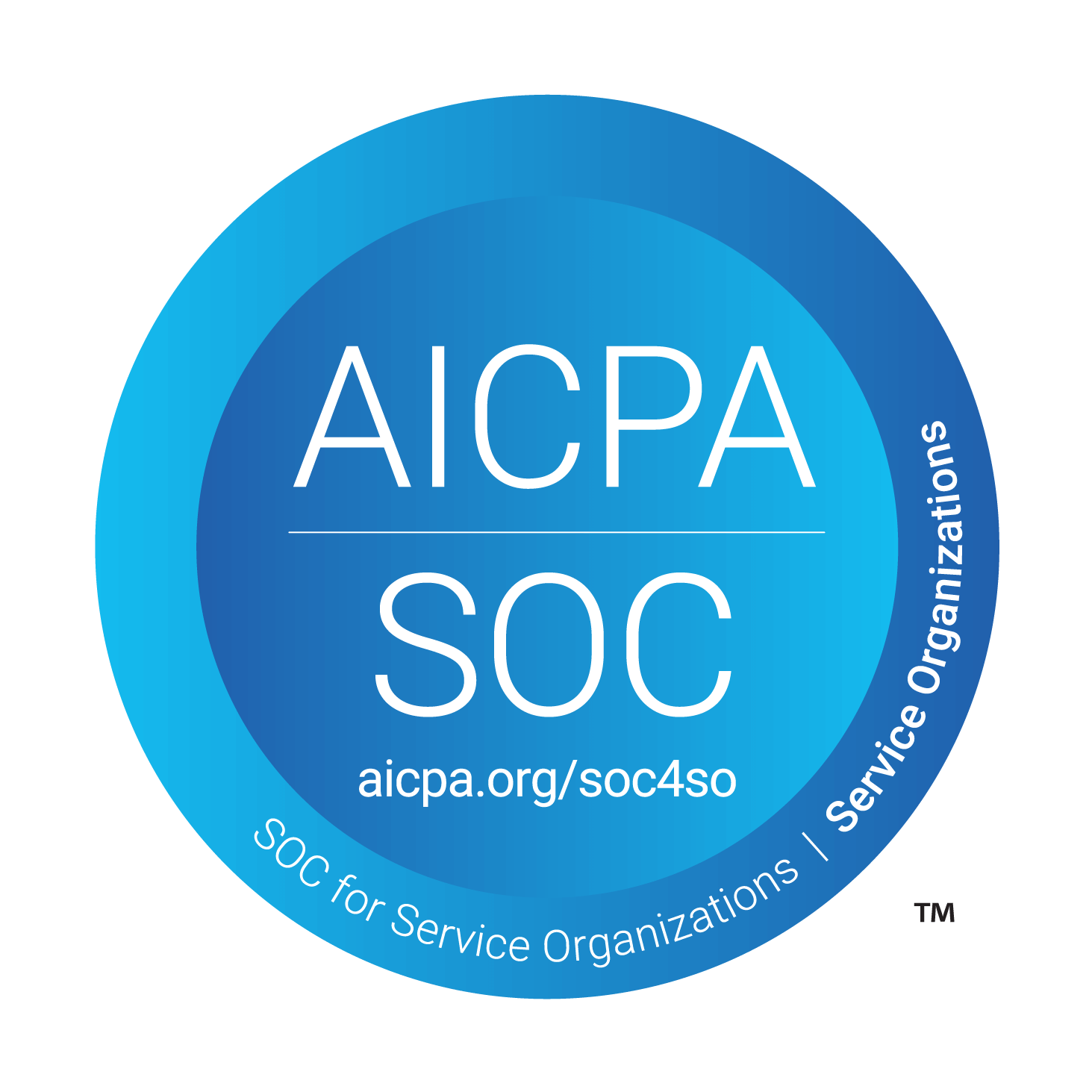Pyline Tangsuvanich
Updated: Feb 5, 2024
The Architect’s Guide to Project Handoff
Your design team needs to engage in a project handoff with the owner operator team. The Architect's Guide to Project Handoff will walk you through how to make this process as smooth as possible.
Construction is almost complete! Now what?
Before you click 'save as' on your files for the last time and move on to your next design project, you and your design team need to engage in a project handoff with the owner operator team.
The Architect's Guide to Project Kickoff
1. What is a project handoff and who is involved?
A project handoff is a transition of a complete construction project from the architecture, engineering, and construction (AEC) team to the owner operator team.
This moment marks the end of the design and construction phase and the beginning of the operations and maintenance phase. With inspections complete and the Certificate of Occupancy issued, the space is ready for tenants to move in.
During design & construction, the AEC team handled management of the asset on behalf of their client: the owner operator. The owner operator will now manage the real estate asset for as long as they own it.
Owner operators engage in capital planning, determining whether to expand or contract their facilities. During design handoff, they might involve the maintenance team or tenants who leased the space. This ensures a holistic approach to asset management.
2. How can architects prepare for a smooth handoff to owner operators?
The tone for project handoff is set even before a project even begins. By aligning your expectations with the clients ahead of time, you can work towards those goals during the project lifecycle. For instance, if your client requires a BIM file upon completion, you can implement a BIM execution plan at the start of the project.
The AEC industry is unique in the fact that it produces mostly bespoke products. That means every project is slightly different. However there are some key project management tips you can consider for all projects.
Create a close out plan during project kickoff
Set the stage before the design phase transition. Discuss handoff communication strategies. What documentation is needed for project handover? How will you share deliverables with your client?
Ask the owner operator what data they might need from design files and how they might use it. Do they have design tools such as Revit in house, or should you provide viewer access?
While the project is in construction, revisit your initial hand-off plan
Document Your Final Walkthrough After All Change Orders Are Complete
Complete all change orders, then conduct and document a thorough final walkthrough of the facilities. This is your verification that the final product (your space) matches the contract documents.
Provide an Up-to-Date and Comprehensive Project Manual and Drawing Set of the Facility
The project manual serves as a comprehensive record of the project. It includes requirements, specifications, and construction procedures that will be relevant to operations.
Go Above and Beyond to Support Your Client!
Train and onboard the owner and the facilities team on how to use the relational database.
Offer and provide ongoing support while the facility is operational.
Use a structured database instead of spreadsheets and folders to transition design projects from kickoff to handover.
3. How Architects Can Use Tools and Software for Effective Project Handoff
As primary creators of building data, architects are responsible for making the data useful to the project owner or operator.
Your customers use various systems and tools, which means all of your handover documentation will reside in different places. Key stakeholders usually stay aligned over spreadsheets or emails.
The challenge with this solution is that these spreadsheets are not living documents. They are updated and then emailed between the team and the client. It’s impossible to build links between datasets without risking broken links or requiring manual copy-pasting between tabs.
We believe that software built on relational databases is the best way to solve this challenge. The power of a relational database lies in its ability to establish relationships between tables of data. For example, a door hardware table can link to another table, such as a list of door types. This relational structure allows for seamless navigation and retrieval of interconnected data. Think of it as a digital filing cabinet with extra powers. Each table represents a specific category of information, such as rooms or equipment. Each document view is a ready-to-use deliverable such as a project status report, FF&E catalog, or Room Data Sheet. Each workflow provides an extra set of hands to automate signoff, send status reports, or categorize survey data. It sounds complex, but it's easy to get started.
Learn How Layer Can Help Transfer Project Knowledge from Design to Facilities and Back to Design
Prepare for a smooth building project handoff to an owner or operator.
Store as-built drawings of your project so that they’re accessible to the owner-operator and their team. Connect as-built drawings to other data, such as equipment specifications.
Enable owner-operators to access the BIM file without downloading specialized AEC software. This digital representation of the facility is critical for maintenance and capital planning.
Link equipment warranty and maintenance information to their respective locations in the space. Owner-operators can share that information with facility managers.
Provide access to the project’s full history to give context about the project’s trajectory, including RFIs, change orders, and submittals.
4. How Can You Use Layer to Manage Your Facilities?
By setting up a flexible database like Layer early in the design process, you set yourself up for project handoff success. A cloud-based data management system keeps files stored in a single place and allows team members to connect meaningful data points across various aspects of the project.
Ways a Relational Database Can Streamline Facility Operations:
Onboard your onsite staff with a single click. Introduce your facilities team to the project by sharing floor plans, building systems information, and room data.
Create and organize maintenance requests. Enable facility managers to create tickets and link those tickets directly to equipment on the floor plan. Track the status and assignments of those tickets in a single spreadsheet.
Prepare for future capital improvement projects. Keep tabs on potential design improvements by entering ideas into a database and tagging respective areas on the floor plan.
Hand off up-to-date building data to other architects, engineers, and contractors. Update the building data as aspects of the design change to speed up information handoff to new consultants later.
5. Summary
Don’t hand off a stack of physical binders and rolled-up construction drawings to your client. Instead, digitize your documents and store them in an easy-to-use app that your customers can access with a click of a button.
Would you rather spend countless hours forwarding old emails, sharing individual files, and painstakingly collecting documents at the last minute? Or would you rather hand over your project with a single click?
At the root of project success is communication. Leveraging a tool like Layer is a great way to build trust with your clients and provide them access to their data.
In Part 3 of “The Layer Framework for Project Handoff” series, we’ll discuss how owner-operators can guide their AEC team to an effective project handoff.
If you’d like to learn more about how a relational database tool like Layer App can assist your project handoff process, schedule a call with our team.




